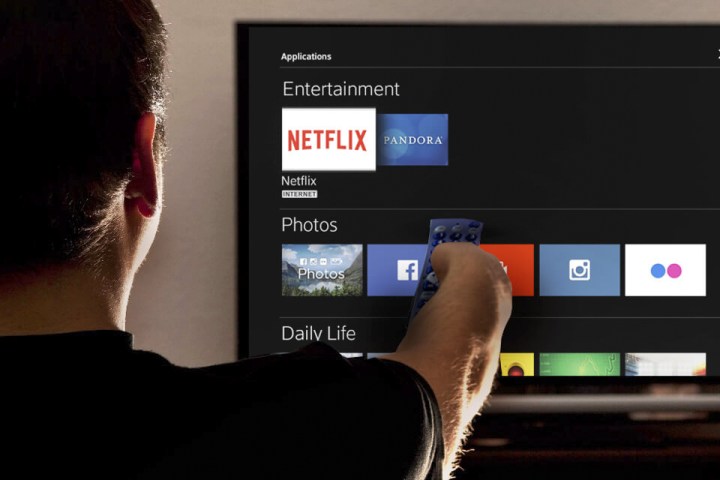
The New York Times reports that 487 original TV programs aired in 2017. It’s a respectable increase from 2016’s 455. For context, other yearly figures listed in the article include 288 shows in 2012 and 187 in 2003.
Many of these new shows were exclusive series of streaming services like Netflix, Hulu, and Amazon Prime. Netflix, in particular, made up a massive chunk of 2017’s original programming, with 117 unique series on its platform in 2017 alone, marking a massive increase from 24 in 2013, which was its first year airing exclusive shows. Netflix isn’t alone, though. Hulu and Amazon Prime also had an appreciable number of original TV shows debut this year, including The Handmaid’s Tale, the best show of 2017, which is exclusive to Hulu.
According to The New York Times piece, we also saw an increase in original content from premium cable channels like HBO. Such channels have bolstered the number of original shows by 45 percent. Similarly, basic cable networks saw a 40 percent increase and broadcast networks are up by 29 percent.
With so much available content, it begs the question: Is there too much TV to watch? This question isn’t much of an issue for audiences (unless they have a concerning need to watch everything) as it is for the companies themselves. Clearly, these shows are being produced with the intention of garnering as large of an audience as possible, but if there is this much TV out there, doesn’t that defeat the purpose?
Even with such a marked increase, users are still finding time to cram in as much TV watching as possible. The reason? Binge-watching, which means users can consume entire seasons of television in just a few sittings. Some of Netflix’s original series, such as Daredevil, are even crafted specifically to be watched all at once. Instead of being a season-long experience, they become akin to hours-long movies. Some series do release in chunks or one episode at a time but. in general, users have full access to an entire season the moment it airs. While this isn’t possible for traditional cable, nearly all the major networks and channels either have their content on one of the streaming services or provide their own on-demand option.
There is a downside to all that bingeing, however (and we don’t just mean medically). Burning through a series in a day or two after months or years of production puts pressure on cable channels and streaming services alike to appease the viewing appetites of their users. If you can binge multiple series in just a few weeks, having a massive catalog of content means viewers are more likely to move onto something else, rather than jump ship to another service in search of their next short-term obsession.
If you’re behind and thought you would have a chance to catch up, you would be sorely mistaken. Netflix said it will spend $8 billion on original TV programming in 2018. But not every big-name series will be making a comeback in 2018; the final season of Game of Thrones and potential season 4 of Rick and Morty are holding off until 2019.


